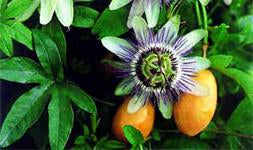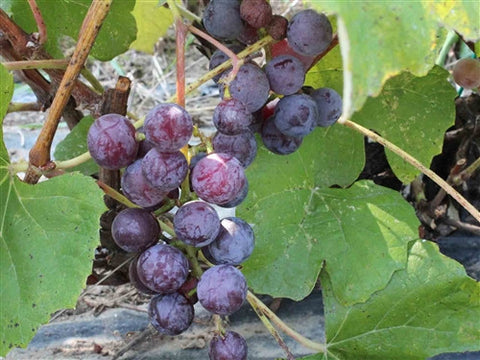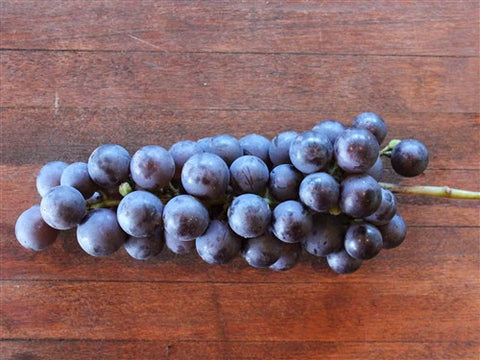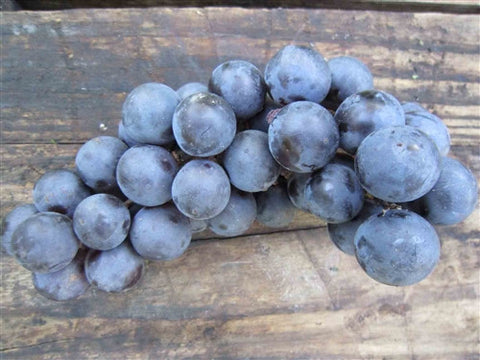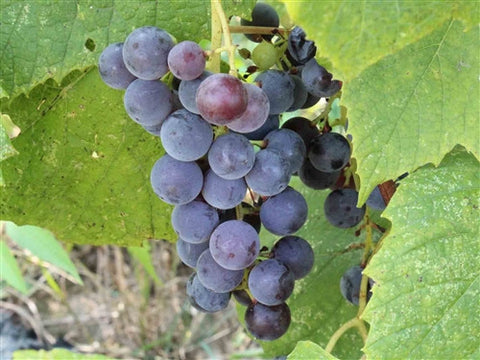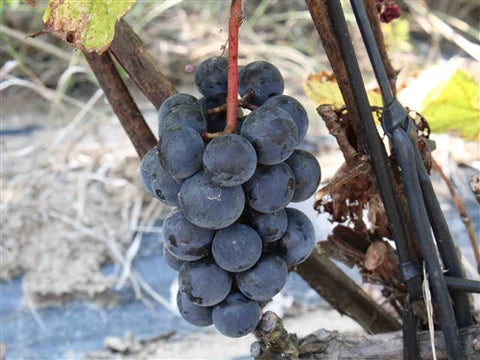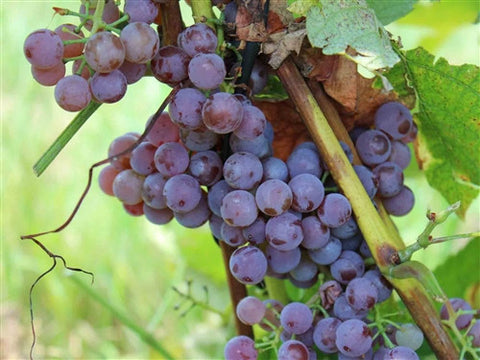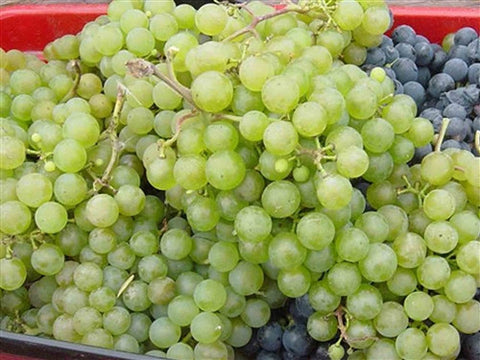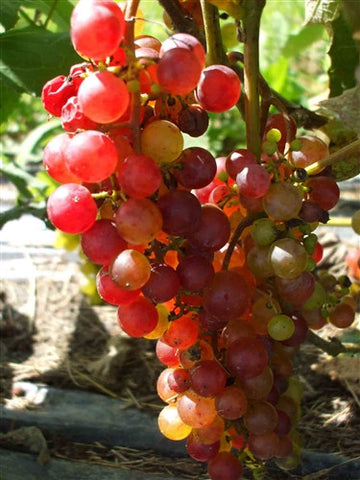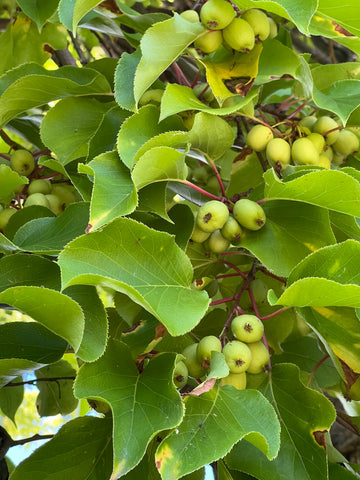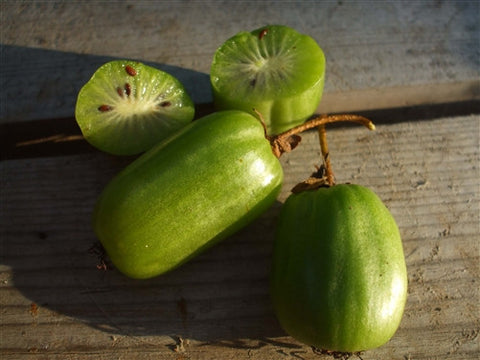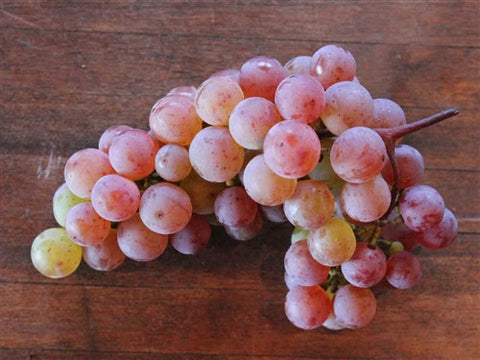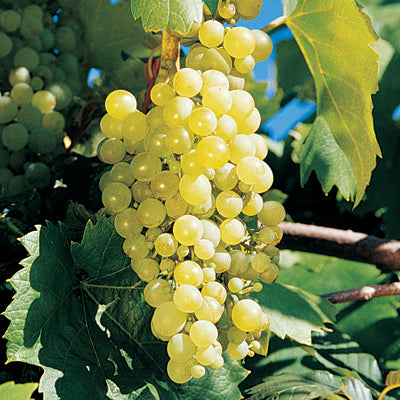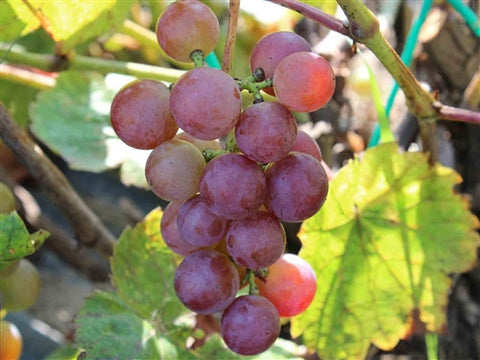

Canadians love to buy TABLE grapes( $900,000,000/yr). Why then are our vineyards only doing wine grapes? TABLE grapes are Canada's #1 imported food( in fresh, dried and juiced form). We have hundreds of grape farms(vineyards) from Nova Scotia to BC....producing the more fragile vinifera wine grapes( very input intensive) ...but where are the Canadian vineyards producing the much hardier TABLE grapes? Agriculture statistics lists total Canadian production as zero.........so the $900,000,000 Canadian consumers spent on table grapes in 2020 all went into foreign pockets...would be nice if more Canadian farmers started producing food that Canadians want to eat...we now import over 90% of all our fruit, nuts, berries!
Young farmers are being given lots of excellent advice on how to farm but very poor suggestions on what to grow for profit( not subsidized or quota food). TABLE grapes should be part of the discussion when farmers are considering a crop change. Farmers work hard to get a $300/acre corn crop and spend that $300 on inputs...not a very profitable venture....yet TABLE grapes that can produce $40,000/acre are ignored.
Earliblue is best blue seedless to start...and then add red seedless Somerset and maybe green seedless Polar Green or any number of seeded Table grape varieties like Swenson Red. Our Farm offers the most diverse hardy table grape selection in Canada...no excuses.....start growing "made in Canada" eating TABLE grapes.
The US dept of agriculture(USDA) tested hundreds of samples of table grapes being sold in stores. The Environmental Working Group(EWG) then used the data to compile the dirty dozen (worst contaminated with pesticides) and published the list on March 25, 2023. Here is the disturbing data on seedless table grapes(dried):
Raisins: No. 1 on the Dirty Dozen List?
By Thomas Galligan, Ph.D., Toxicologist
WEDNESDAY, MARCH 25, 2020
For the first time since 2007, the Department of Agriculture included raisins in its most recent tests for pesticide residues on fruits and vegetables, and the results are shocking: Of the 670 conventional raisin samples analyzed, 99% tested positive for at least two pesticides. On average, each sample was contaminated with more than 13 pesticides, and one sample had 26 pesticides.
EWG does not usually analyze processed foods like raisins for their annual Shopper’s Guide to Pesticides in Produce. But because of the heavy pesticide loads USDA found, EWG wanted to see how raisins compare to the fresh produce on our Dirty Dozen list. After running the analysis again, we found that if raisins were included, they would rank #1 WORST in pesticide residues..... higher than fresh grapes, which would rank 7th WORST on the list.
The bottom line: Raisins are one of the most contaminated foods on the market – and even some organic raisins were found to be contaminated!
Children under the age of 15 eat a total of about 208 million pounds of raisins each year – about half of the raisins consumed in the U.S., according to Zion Market Research. The average U.S. consumer consumed about 1.25 pounds of raisins in 2017, the latest year for which the USDA has information. Zion’s industry analysis shows that slightly less than two-thirds of raisins are consumed as ingredients in other foods, with the rest eaten as a stand-alone snack.
We’re particularly concerned about the potential hazards raisins pose to children, not just because they’re a common kids’ snack, but also because several of the most commonly detected pesticides on raisins can harm the still-developing brain and reproductive systems of infants and children. Here are some of the potentially harmful pesticides USDA found on raisins:
- Two neonicotinoids, the bee-killing pesticides that can also harm brain development. Imidacloprid was detected on 84 percent of raisins, and acetamiprid on 13 percent.
- Two pesticides associated with cancer and damage to the developing nervous system. Bifenthrin was found on 77 percent of raisin samples, and tebuconazole on 62 percent. Both chemicals are developmentally neurotoxic in animals and are classified by the Environmental Protection Agency as possible human carcinogens. Tebuconazole is also linked to endocrine disruption and impaired reproductive development.
- Chlorpyrifos, another brain-damaging pesticide, which has been banned in the European Union while the U.S.(Canada) refuses to follow suit, was detected on 5 percent of raisins.
Our concern is not just for pesticides sprayed on crop fields. After drying, conventionally produced raisins are usually fumigated with toxic gases to control pests during storage. Fumigant residues can remain in foods after treatment, potentially posing hazards to consumer health, but the USDA does not test for fumigant residues.
Fumigants are also hazardous for workers and the environment. The long-time fumigant of choice was methyl bromide(CH3Br) – recently banned for use in the U.S. except for on imported or exported goods....which is why it is detected on our imported Canadian raisins/grapes
USDA tested both conventional and organic raisins. In general, pesticides were detected less frequently on organic raisins, but in some cases, there were no differences between organic and conventional raisins. Bifenthrin and chlorpyrifos were detected about as often, at comparable levels, on both conventional and organic raisins...........WOW - WHERE ARE OUR ORGANIC INSPECTORS???? These pesticides cannot be used in the production of organic crops, so it is unclear why organic raisins are contaminated with these pesticides. Seems like you cannot trust the food's organic certification unless you know the farmer has integrity!
Still, consumers should choose organic raisins when possible, since organic raisins tended to have fewer pesticide residues and can’t be fumigated. However, given that organic raisins are not pesticide free – 78 percent of organic raisins were contaminated with bifenthrin – we recommend that consumers choose fresh produce from our Clean Fifteen instead of raisins of any variety.
Shoppers looking for dried and shelf-stable alternatives to raisins may want to choose prunes( dried plums), which tend to be less contaminated than both conventional and organic raisins, according USDA’s most recent tests.
More on prunes:
- Only 16 percent of conventional prunes tested positive for two or more pesticides, compared to 99 percent of conventional raisins and 91 percent of organic raisins.
- The average conventional prune tested positive for just one pesticide, compared to more than 13 on the average conventional raisin and four on the average organic raisin.
- The maximum number of pesticides detected on a single prune sample was four, compared to 26 on conventional raisins and 12 on organic raisins.
- 50 percent of conventional prunes were free from detectable pesticides, compared to only one percent of conventional and organic raisins.
- Page 1 of 2
- Next




